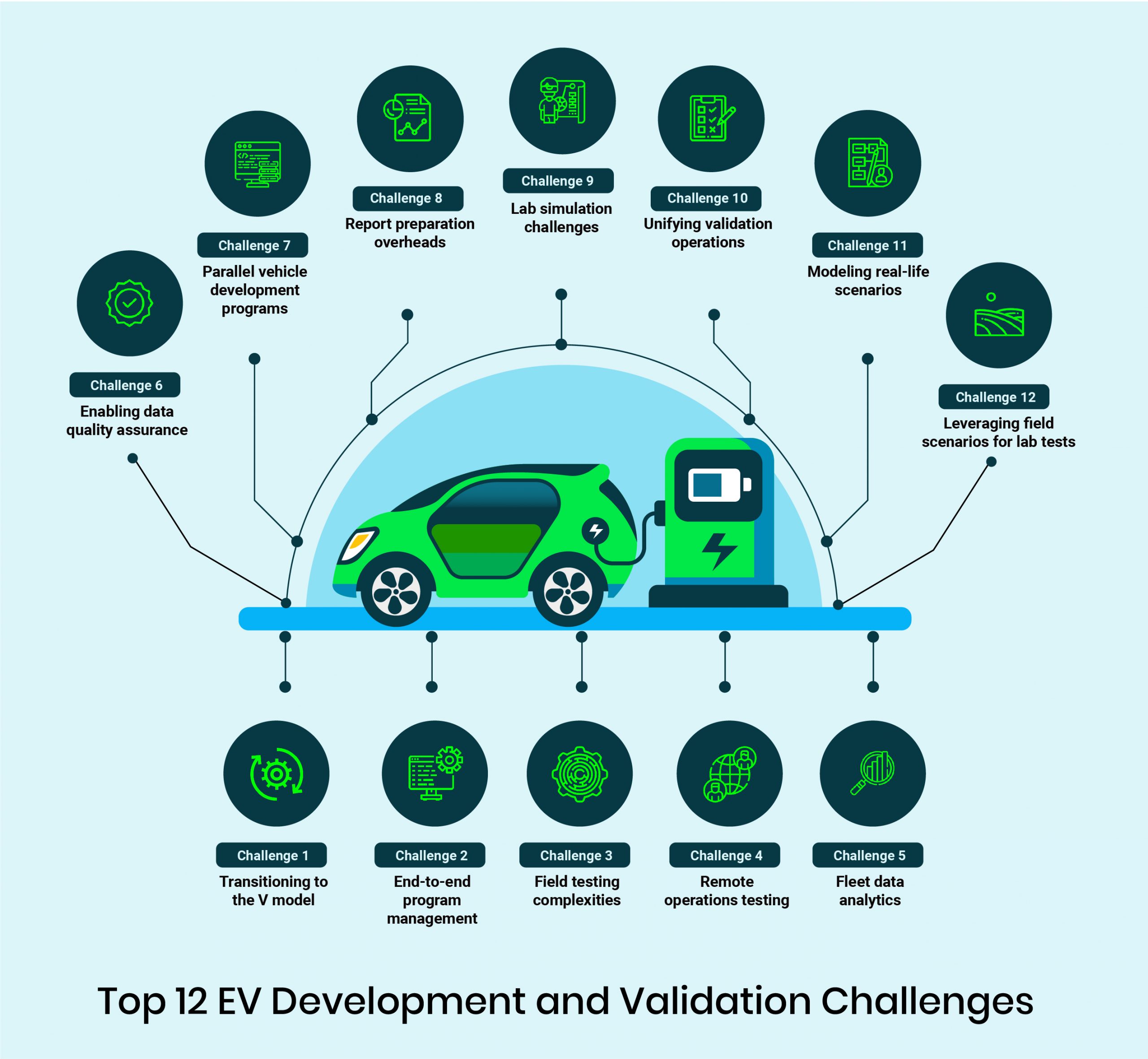The Chinese Auto Market: Challenges And Opportunities For Foreign Brands Like BMW And Porsche

Table of Contents
Challenges Faced by Foreign Automakers in China
The Chinese auto market isn't for the faint of heart. Foreign automakers encounter numerous obstacles in their quest for market share.
Intense Competition
The Chinese automotive industry boasts powerful domestic players like Geely, BYD, and SAIC, who are rapidly gaining market share. These companies benefit from lower manufacturing costs, established supply chains, and a deep understanding of local consumer preferences. The resulting competition is fierce, characterized by:
- Price wars: Domestic brands frequently engage in aggressive pricing strategies, putting pressure on profit margins for foreign competitors.
- Technological innovation: Chinese manufacturers are rapidly advancing their technology, particularly in electric vehicles (EVs) and connected car features, challenging the established dominance of foreign brands.
- Aggressive marketing: Domestic brands utilize sophisticated and targeted marketing campaigns, often outspending foreign competitors in reaching key demographics.
Regulatory Hurdles
Navigating the regulatory landscape in China is a significant challenge. Foreign automakers face complexities including:
- Import tariffs: High tariffs on imported vehicles significantly increase the cost for foreign brands, reducing their price competitiveness.
- Emission standards: Stringent emission standards necessitate substantial investments in research and development to comply with local regulations. Failure to meet these standards can lead to hefty fines and market restrictions.
- Local content requirements: Regulations often mandate a certain percentage of locally sourced components, requiring foreign brands to establish local supply chains and partnerships. This adds to complexity and cost.
- Bureaucracy and approvals: The process of securing the necessary approvals and licenses to operate in China can be lengthy and complex, demanding significant resources and patience.
Consumer Preferences & Brand Perception
Understanding Chinese consumer preferences is paramount. The market is evolving rapidly, with shifting demands that foreign brands must adapt to:
- Preference for SUVs and EVs: Chinese consumers show a strong preference for SUVs and electric vehicles, reflecting broader global trends but also specific local preferences for space and technology.
- Brand perception and trust: Building trust and a strong brand reputation is crucial. Foreign brands need to demonstrate value and quality that resonates with Chinese consumers.
- Marketing and cultural adaptation: Marketing campaigns must be culturally sensitive and tailored to resonate with specific demographics. This necessitates a deep understanding of local customs and values. Ignoring this element leads to ineffective campaigns and a missed opportunity to connect with consumers.
Supply Chain Disruptions
Geopolitical factors and global events significantly impact the automotive industry. Foreign automakers operating in China face potential risks including:
- Raw material shortages: Global supply chain disruptions can lead to shortages of critical components, impacting production and potentially delaying product launches.
- Logistics challenges: Efficient logistics and transportation are essential. Any disruptions can hinder the timely delivery of vehicles and parts.
- Political instability: Geopolitical tensions can create uncertainty and negatively impact business operations.
Opportunities in the Chinese Auto Market
Despite the challenges, the Chinese auto market presents tremendous opportunities for foreign brands.
Massive Market Size & Growth Potential
The sheer size of the Chinese auto market is undeniable, representing a significant revenue opportunity for foreign automakers. Projected growth rates further highlight its attractiveness:
- Expanding market: The market continues to expand, driven by a growing middle class and increasing urbanization.
- High demand: High demand across various vehicle segments presents opportunities for diverse product offerings.
- Untapped potential: Certain niche markets remain relatively untapped, presenting opportunities for specialized brands.
Rising Affluence & Demand for Premium Vehicles
China's burgeoning middle class is driving demand for luxury and premium vehicles. This presents a significant opportunity for brands like BMW and Porsche:
- Increasing purchasing power: Higher disposable incomes translate into increased spending on premium goods, including luxury cars.
- Status symbol: Owning a premium vehicle is often seen as a status symbol in China, fueling demand.
- Brand loyalty: Established luxury brands can capitalize on pre-existing brand loyalty and trust.
Government Support for Electric Vehicles (EVs)
The Chinese government is actively promoting the adoption of electric vehicles through various incentives and policies:
- Subsidies and tax breaks: Government subsidies and tax incentives make EVs more affordable for consumers.
- Charging infrastructure: Investments in charging infrastructure are making EVs more practical for daily use.
- Emission regulations: Stringent emission regulations are pushing automakers to prioritize EV development and production.
Digitalization and Connected Car Technologies
Chinese consumers are embracing connected car technologies, creating opportunities for innovation:
- High demand for connected features: Consumers are increasingly demanding features like in-car internet access, advanced driver-assistance systems (ADAS), and infotainment systems.
- Data-driven services: Connected cars generate valuable data, which can be used to personalize services and improve the customer experience.
- Technological advancements: Brands investing in cutting-edge digital technologies can gain a competitive edge.
Conclusion: Capitalizing on the Chinese Auto Market's Potential
The Chinese auto market presents a complex tapestry of challenges and opportunities. Success hinges on a nuanced understanding of consumer preferences, a commitment to regulatory compliance, and the ability to navigate a highly competitive landscape. Foreign brands like BMW and Porsche, by adapting their strategies to address the unique aspects of this dynamic market, including embracing technological advancements in EVs and connected car technologies, can unlock substantial growth within this lucrative market. Successfully navigating the Chinese auto market demands flexibility, innovation, and a deep understanding of its intricacies. By adapting to consumer preferences, embracing technological innovation, and strategically addressing regulatory hurdles, foreign brands can indeed seize the immense potential within this dynamic and rewarding market.

Featured Posts
-
 Cannes Film Festival 2024 Juliette Binoche Appointed Jury President
Apr 27, 2025
Cannes Film Festival 2024 Juliette Binoche Appointed Jury President
Apr 27, 2025 -
 Get Professional Help Understanding Ariana Grandes Image Transformation
Apr 27, 2025
Get Professional Help Understanding Ariana Grandes Image Transformation
Apr 27, 2025 -
 Camille Claudel Bronze Sculpture Sells For 3 Million At French Auction
Apr 27, 2025
Camille Claudel Bronze Sculpture Sells For 3 Million At French Auction
Apr 27, 2025 -
 Ariana Biermanns Alaskan Adventure Romantic Getaway With Her Boyfriend
Apr 27, 2025
Ariana Biermanns Alaskan Adventure Romantic Getaway With Her Boyfriend
Apr 27, 2025 -
 Office365 Data Breach Millions In Losses Reported Suspect Arrested
Apr 27, 2025
Office365 Data Breach Millions In Losses Reported Suspect Arrested
Apr 27, 2025
